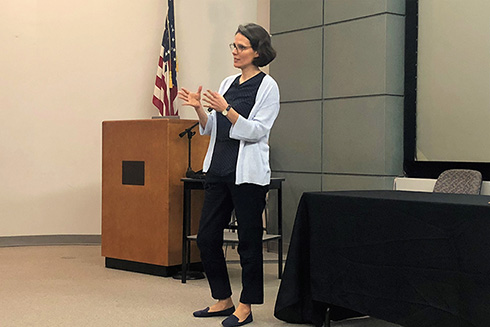News
News Articles
Viewing items with Category: All Categories, Year: All Years

CMS Students Bring a Taste of Science to the Community
“Taste of Science” is a festival that takes place in cities around the country. Its mission is to give the community a sampling of science at locales they already frequent.
May 1, 2019News
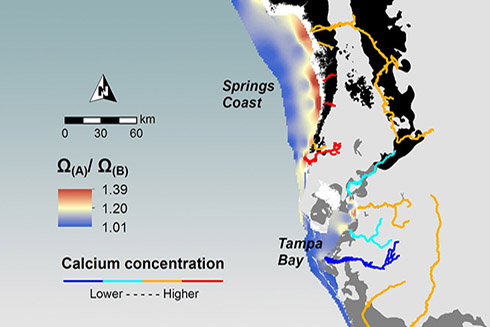
Lessons from a new model: Shelled animals in some coastal areas may lose their ‘shirts’ to climate change faster than others
The oceans are warming, losing oxygen, and growing more acidic, and this study sheds light on how some coastal areas may have greater immunity to these changes than others.
April 29, 2019News
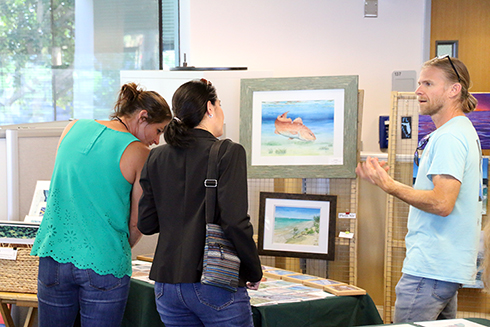
Remembering the Deepwater Horizon Oil Spill
Local artists and scientists gathered to commemorate the historic Deepwater Horizon Oil Spill that occurred on April 20th, 2010.
April 19, 2019Blogs and Perspectives

Crap! That’s a lot of Curry!
A team at the USF College of Marine Science was startled to find that a plant-borne virus dominates the viral community in human feces – and it could be a boon to water quality monitoring around the globe.
April 18, 2019News
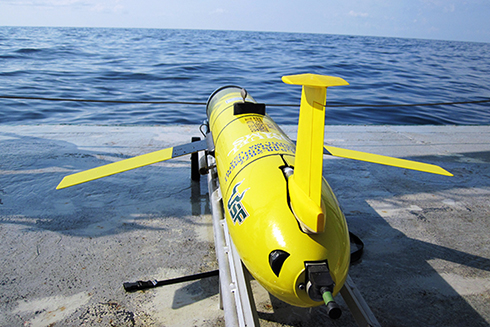
Red Tide Forensics: So THAT’s What Happened
A team led by the USF College of Marine Science and Florida Fish and Wildlife Conservation Commission unraveled the cocktail of conditions that led to last year’s epic red tide along Florida’s coast
April 18, 2019News
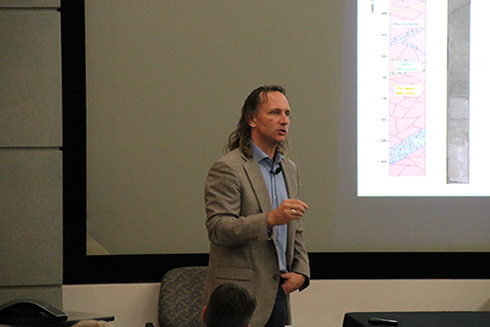
5 takeaways from ESLS talk #2
"Life and death by impact: Drilling for clues"
April 17, 2019Blogs and Perspectives
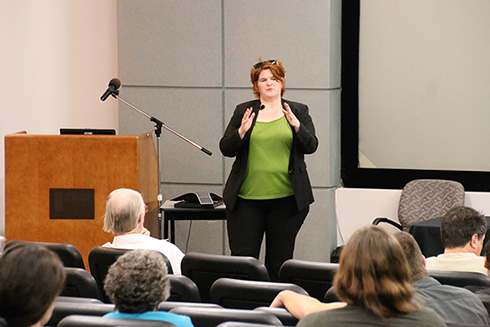
5 takeaways from ESLS talk #3
“Drilling back to the future: Secrets hidden in the chemistry of ancient dirt”
April 17, 2019Blogs and Perspectives
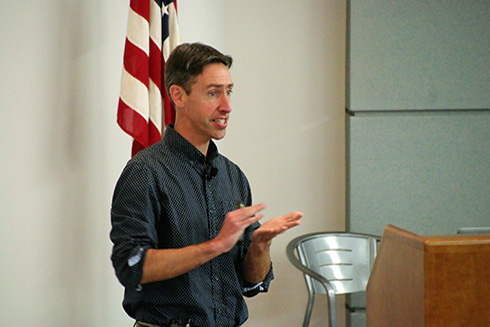
5 takeaways from ESLS talk #4
“Enemy at the gates: Ocean circulation and the fate of Antarctic ice sheets”
April 17, 2019Blogs and Perspectives
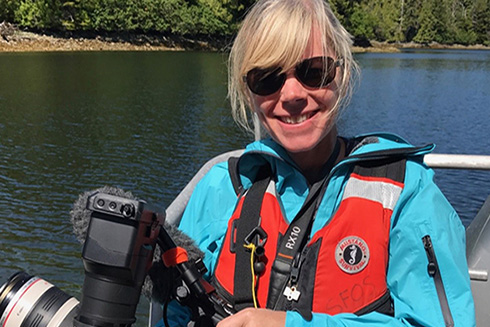
USF CMS welcomes Science Communication Strategist, Kristen Kusek
“I have the best job in the world,” said Kusek, who returns to the USF College of Marine Science 20 years after she graduated.
April 9, 2019News
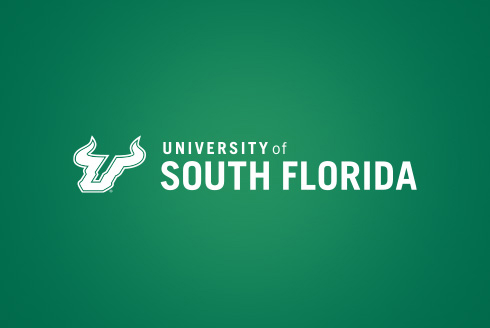
Test
Lorem ipsum dolor sit amet, consectetur adipiscing elit. Ut elementum lacus lorem, ac pellentesque odio volutpat a.
April 9, 2019COVID-19
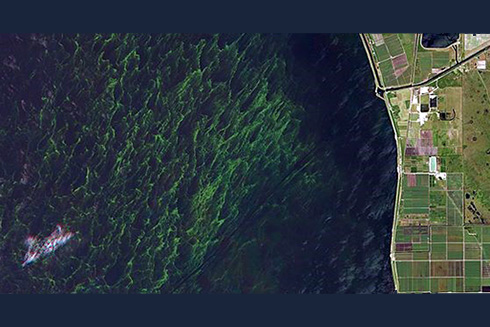
Are things OK in Lake Okeechobee?
Lisa Krimsky recently spoke at USF College of Marine Science about Florida’s largest lake – Lake Okeechobee. Krimsky is a is a faculty member with the University of Florida IFAS Extension and the Florida Sea Grant Program.
April 5, 2019News
